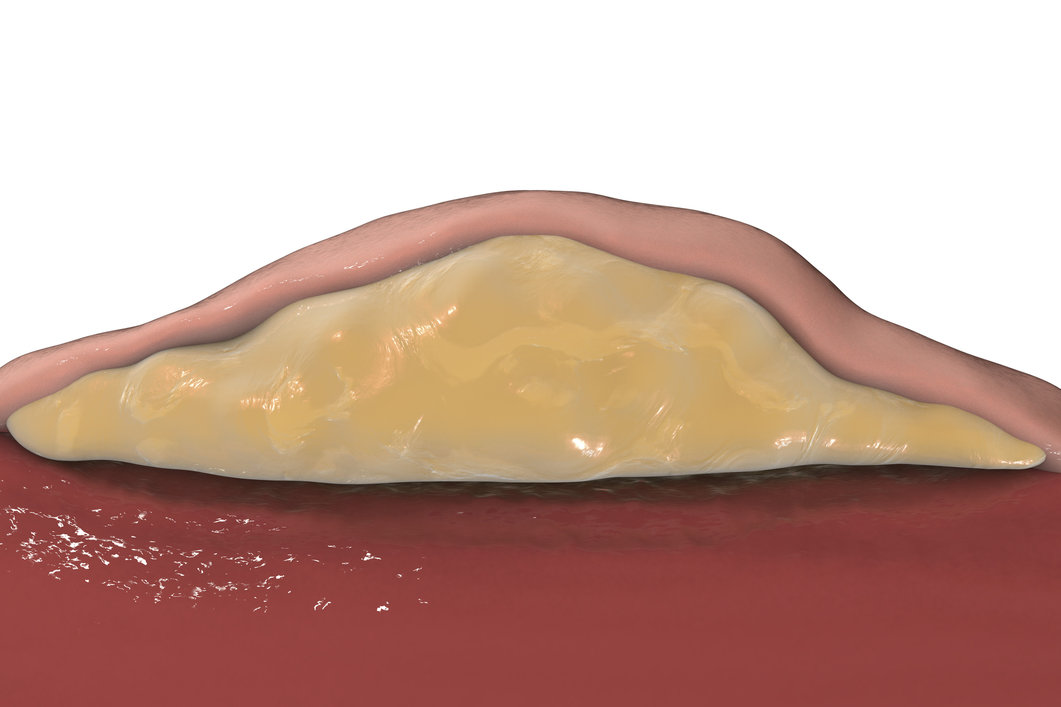Mr Alastair MacKenzie Ross
Consultant Plastic Surgeon
Specialist expertise: Plastic Surgery, Skin Cancer, Lumps and Bumps, Scars, Skin Surgery, Lymph Node Excision, Cysts, Lesion Removal, Keloid Removal, Surgical Dermatology.
A lipoma is a lump under the skin that occurs due to an overgrowth of fat cells and slowly grows under the skin in the subcutaneous tissue.

Lipomas are soft fatty lumps that grow under the skin. Doctors consider lipomas to be benign tumours, which means that they are non-cancerous growths.
They can occur anywhere on the body where fat cells are present, but they tend to appear on the shoulders, chest, trunk, neck, thighs, and armpits.
Lipomas can be different based on where they are and their shape. Most of the time, they are just under the skin. Sometimes they can be in or under the muscle.
At Welbeck, lipomas are treated by our specialist dermatologists in our state-of-the-art Skin Health & Allergy centre.
Lipomas are usually painless and are most often found on the back, shoulders, arms, buttocks, and upper thighs.
They feel soft and “doughy” to touch and range from the size of a pea to a few centimetres across. They normally grow very slowly and don’t usually cause any other problems. Occasionally, lipomas can develop deeper inside the body, so you won’t be able to see or feel them.
Lipomas are a common benign tumour that occur in about 1 in 100 people. They are more common in patients who have obesity, high cholesterol, liver disease or glucose intolerance.
It’s unusual to develop more than 1 or 2 lipomas, unless you have a rare inherited condition called familial multiple lipomatosis. This can cause lipomas to develop all over the body, and most patients will have a family history.
Lipomas may also occur more frequently in people with rare medical conditions, such as:
The diagnosis is made by taking a history and clinical examination. It's common to perform an ultrasound to confirm the diagnosis and also assess the anatomy of the lipoma. Sometimes they can lie within or underneath a muscle, and this can influence treatment.
Patients with a large lipoma may be asked to undergo an MRI scan. This can be helpful in planning treatment. Very rarely, lipomas are misdiagnosed as a cancer called a liposarcoma. An MRI scan is a helpful way of ensuring that the lipoma is nothing to worry about.
There's currently no known way to prevent lipomas. If you're prone to them, new ones may appear over time.
Lipomas are harmless, and complications are rare. However, they can sometimes:
Lipomas can be managed without surgery and with careful observation. However, if there's any change in size or if the lipoma becomes symptomatic or causes a cosmetic defect, it should be removed.
The treatment for a lipoma is normally an operation to remove it. The type of anaesthetic needed will depend on the size and location of your lipoma. It will normally be done as a day case procedure under local or general anaesthetic.
Surgery can usually be performed in approximately 30 minutes, but this depends on the size and number of the lipomas and the method of removal.
After the lipoma has been completely removed from under the skin, the incision will be meticulously sutured closed with dissolving sutures. The tissue will routinely be sent to the pathology department for examination under the microscope, and you'll be informed of the result.
At Welbeck, our dermatologists are experts in their field and are dedicated to providing world-class care to every patient.
With access to colleagues across other specialities, our consultants are also able to refer within the Welbeck ecosystem if required to ensure you receive the treatment you need as quickly as possible, all under one roof.
All appointments, testing, treatment, and follow-up appointments take place within our state-of-the-art facilities, enabling us to deliver accurate diagnostics and advanced treatments.
Your health is important to us, so we strive to offer same-day appointments whenever possible.
Our consultants are recognised by the major health insurance companies. If you have private health insurance, your treatment at Welbeck can begin once you have obtained authorisation. We also provide care to self-paying patients. Learn more about the different payment options at Welbeck.
Get in touch today to book an appointment.
You should see a doctor for any lump you notice, as it's safer to check it than leave it without knowing what it is. It may not need to be treated if it's not dangerous or troublesome, but it's always safer to check than assume it's safe.
If a lipoma is troublesome, seeing a healthcare provider can help you decide when it should be treated.
No, lipomas are benign and almost never become cancerous. If your lump changes rapidly, it’s important to get it checked by a specialist.
Once removed, the same lipoma usually does not return. However, new lipomas can appear in different areas over time.
Recovery from minor surgery is usually quick. Most people return to normal activities within a few days, although you may need to avoid strenuous exercise for 1 to 2 weeks.
What is a lipoma?
What are the symptoms of a lipoma?
What causes a lipoma?
How is a lipoma diagnosed?
How to prevent lipomas
What complications can lipomas cause?
What are the treatment options for lipomas?
Why choose Welbeck?
Book your private consultation
FAQs
Our consultants are all either heads of service at London teaching hospitals, or have played major roles in clinical innovation, employing their collective expertise, knowledge and deep experience to deliver the best care possible.